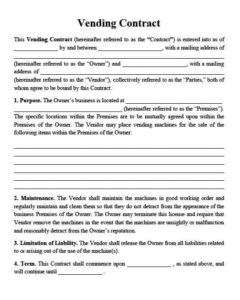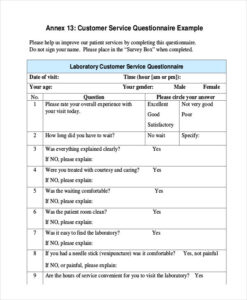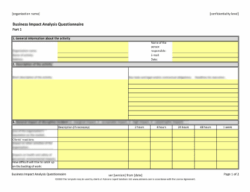Ever wondered how smoothly things are really running within your own organization? We often focus so much on our external customers, which is absolutely vital, but sometimes we overlook the equally important “customers” right within our walls: our colleagues and other departments. Just like a well-oiled machine, internal operations need regular check-ups to ensure every part is working efficiently and everyone feels supported. This is where understanding internal customer service comes into play, creating a more harmonious and productive workplace for everyone.
Think about it: when one department relies on another for information, support, or services, that’s an internal customer-provider relationship. If these interactions aren’t up to par, it can lead to frustrating bottlenecks, delays, and a general dip in morale. By proactively seeking feedback, you can identify pain points before they become major issues, fostering a culture of continuous improvement and mutual respect that benefits the entire organization from the inside out.
Why Bother with an Internal Customer Service Survey?
You might be thinking, “We’re all on the same team, why do we need surveys among ourselves?” Well, the truth is, internal dynamics can be just as complex as external ones, and assuming everything is fine without direct feedback is a missed opportunity. An internal customer service survey is your secret weapon for uncovering hidden inefficiencies and boosting overall workplace satisfaction. It provides a structured way for employees to voice their experiences and helps management pinpoint areas where support or processes need improvement.
One major benefit is improved operational efficiency. When departments provide services to each other, like IT support to sales or HR services to marketing, any friction can slow down the entire company. A survey can highlight specific service areas that are causing delays or frustration, allowing you to streamline processes and make interactions smoother. This isn’t just about making people happier; it’s about making the entire business run faster and more effectively, ultimately impacting your external customer’s experience too.
Beyond efficiency, these surveys are powerful morale boosters. Employees feel valued when their feedback is not only requested but also acted upon. Knowing that their concerns about internal service providers are being heard and addressed fosters a sense of psychological safety and shows that the organization truly cares about their day-to-day experience. This can lead to reduced stress, increased engagement, and a more positive work environment where everyone feels like a crucial part of a supportive network.
Lastly, internal service surveys cultivate better interdepartmental collaboration. Often, departments operate in silos, unaware of the impact their service delivery has on another team’s ability to perform. By gathering feedback, you create transparency and open lines of communication. This understanding can lead to departments proactively adjusting their services to better meet internal needs, breaking down barriers and encouraging a more cohesive and collaborative working environment where everyone is pulling in the same direction.
Crafting Your Perfect Internal Customer Service Satisfaction Survey Template
Designing an effective survey doesn’t have to be complicated, but it does require thoughtful consideration of what you want to achieve. The goal is to gather actionable insights that can genuinely improve internal service delivery. Start by defining the scope: are you surveying one specific internal service (like IT helpdesk support) or a broader range of interdepartmental interactions? This will help you tailor your questions appropriately and ensure you get relevant feedback.
When building your internal customer service satisfaction survey template, think about a mix of question types. Rating scales (like 1 to 5, where 1 is poor and 5 is excellent) are great for quantifiable data on aspects like responsiveness, professionalism, and problem resolution. For example, “How would you rate the responsiveness of the IT department to your recent query?” or “How satisfied were you with the solution provided?” These quick questions allow for easy comparison and trend analysis over time.
However, don’t rely solely on ratings. Open-ended questions are invaluable for gathering qualitative data and uncovering specific details that might not be captured by a scale. Questions like “What could the HR department do to improve their onboarding process?” or “Please provide specific examples of what went well or poorly in your interaction with the finance team” can offer rich insights and highlight specific pain points or best practices. This allows employees to express nuances that simple ratings can’t convey.
Consider including a section for general comments or suggestions at the end of your template. This gives respondents the freedom to provide any additional feedback they deem important, even if it doesn’t fit into the predefined questions. Remember to keep the survey concise to encourage completion rates and ensure anonymity to promote honest responses. Regularly reviewing and acting on the feedback from your internal customer service satisfaction survey template will be the most crucial step in fostering a truly supportive and high-performing internal ecosystem.
Improving internal operations is a continuous journey, not a one-time event. By consistently gathering and acting on feedback, you create a robust system where every team member feels supported and every department operates at its best. This proactive approach to internal customer satisfaction is a powerful investment in your organization’s overall health and success.



